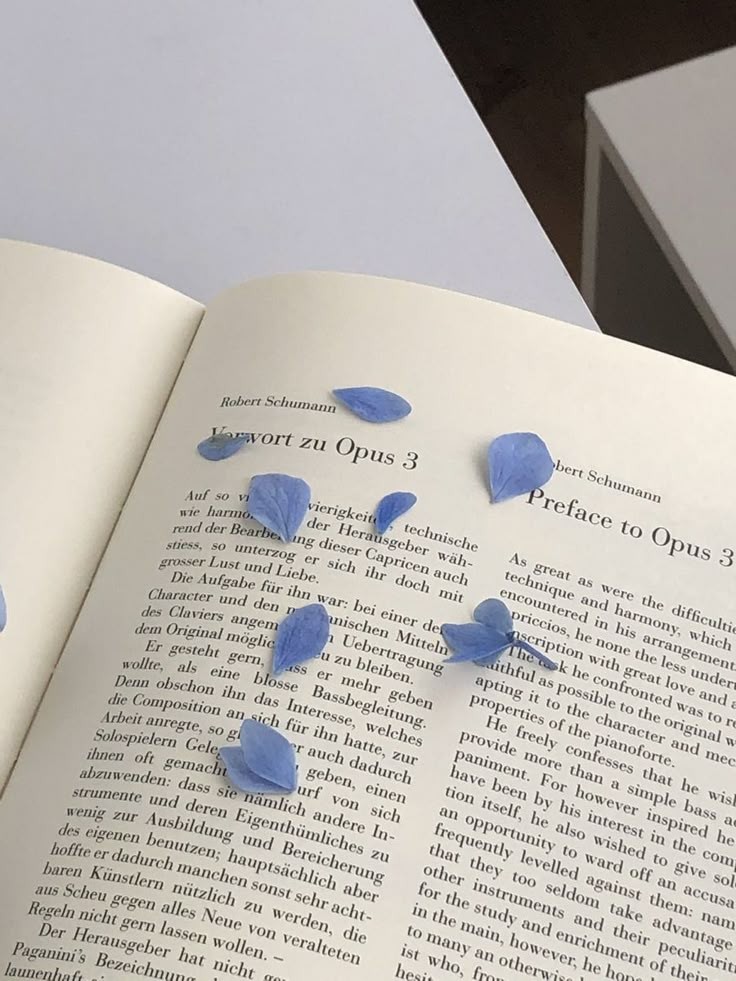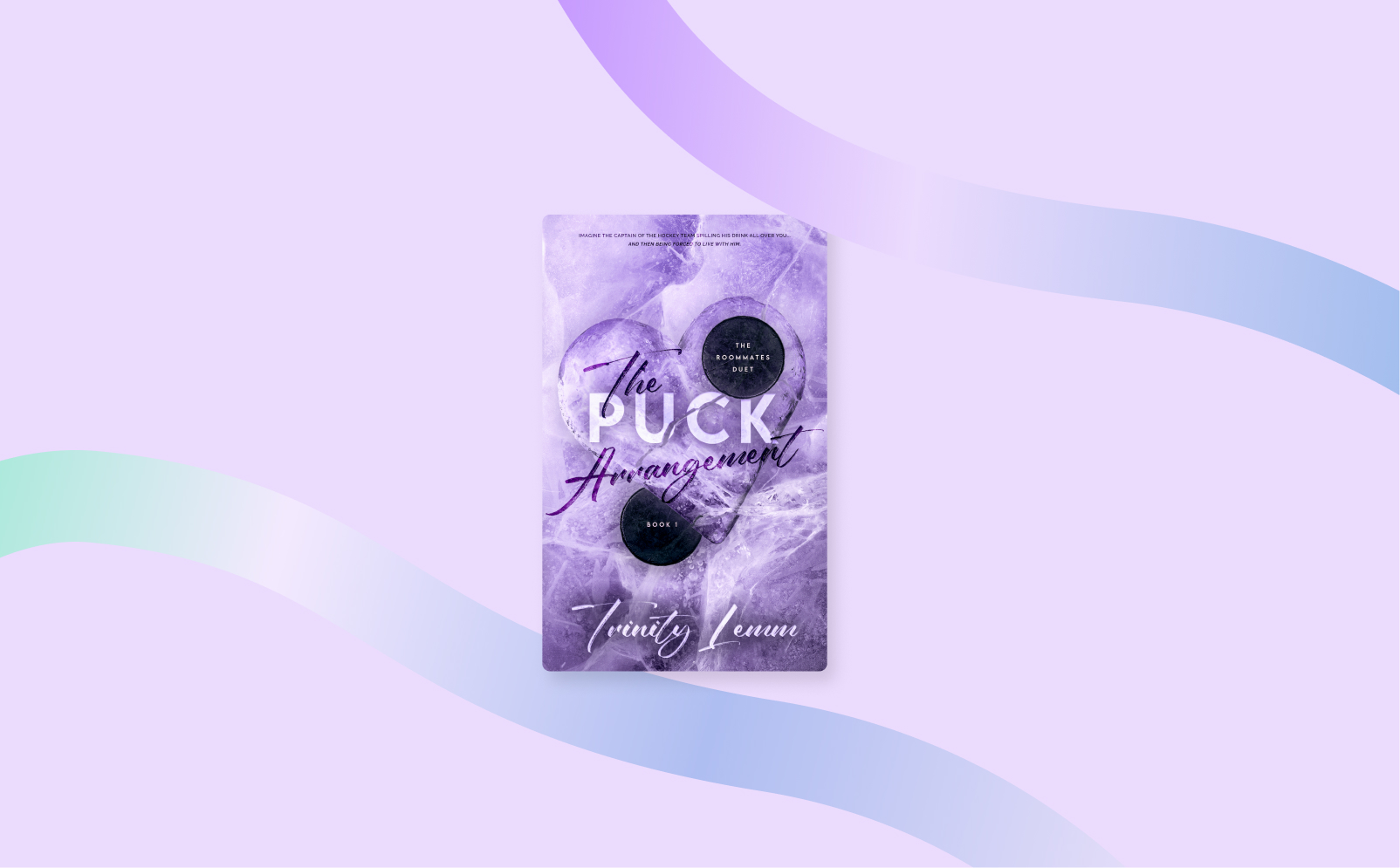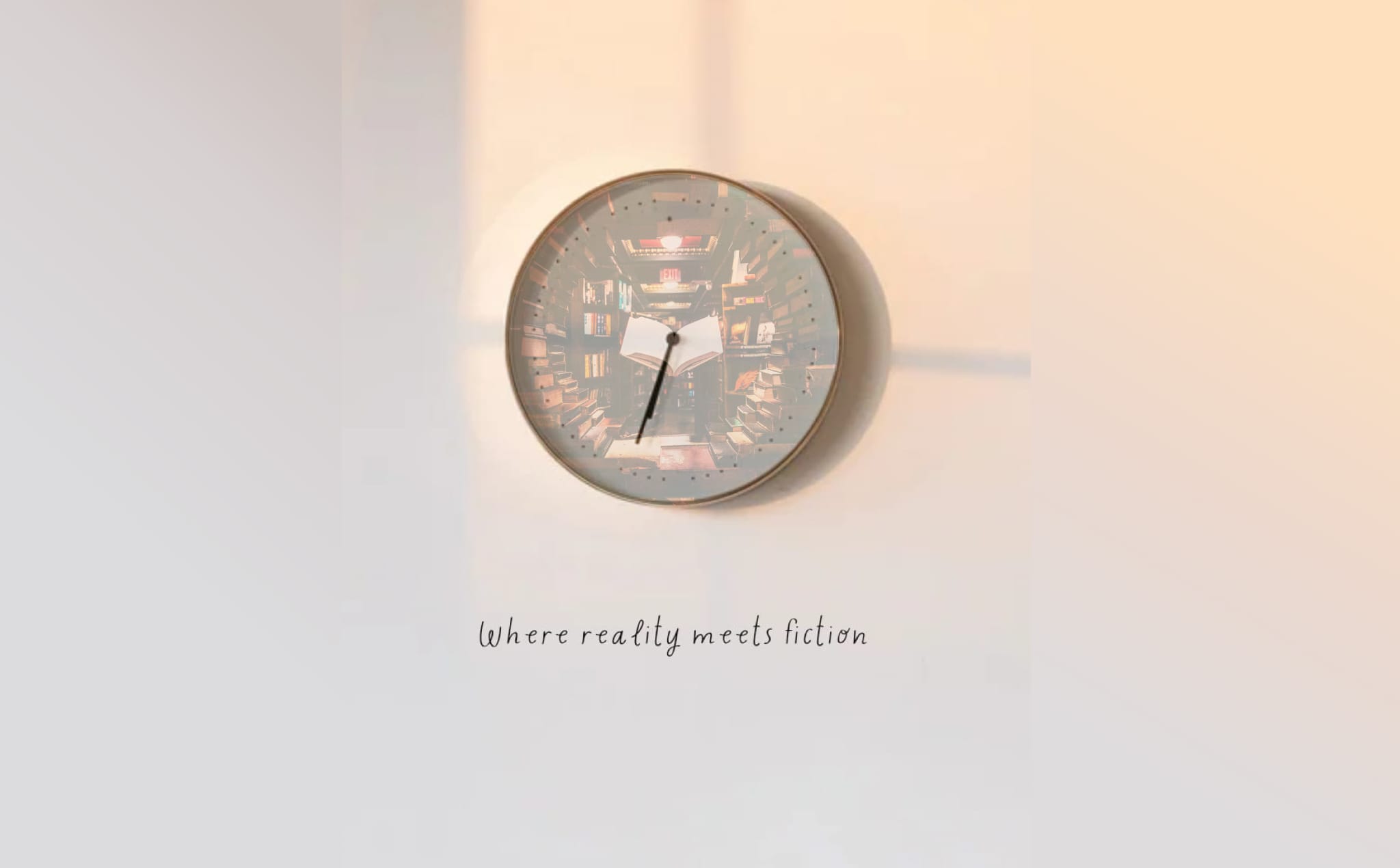A narration technique is what holds a story together. Be it in the past or present, a good narration technique is the pillar of a story well told.
As we dive into the multiple tools for a great narration, I want you to bear in mind the bigger picture; which is the consistency of the whole story.. you feel it as a single entity. An uninterrupted smooth storyline.
We all know that tools can vary depending on the nature of a story; a romance novel is not an adventure novel, and it's definitely not a historical one.
In this article, we will focus more on the adventure genre, and its narration tools and how we can employ them to form a well done narration technique.
As per the norm, every story has a beginning, a climax, and an end. We will dive into the various tools of narration related to the adventure genre, starting with the basics.
Setting:
A well thought out setting can be a crucial part of your story’s bigger picture, it is a way to represent your plot in a consistent manner to which your time and place play a role in your story.
An adventure book’s time and place are very different from one in a historical novel, one depends on exuding danger, excitement, adrenaline and chaos, whilst the other can be all of that but still has a historical time frame. The point is, your setting can be a powerful tool to represent an adventure plot in the most chaotic and exotic way.
Characters:
A bundle of characters’ profiles are for sure one of the most effective ways to narrate a story with little effort, but still get your point across. A main character and secondary character are very different in the obvious sense that one is the main object of the story while the other is a factor for that story to continue. However, a secondary character in an adventure book can have almost all the power, effect, and impression but still be constituted as is; a secondary character.
Using a character’s persona and traits, secondary or otherwise, to narrate your story, making them a factor in both negative or positive manners is also a technique that saves you a lot of unnecessary pages of information dumping.
Description:
It is, after all, what gives your characters life, and motions the story forwards or backwards. Description is a dangerous two edged sword, endless paragraphs can be lethal, too little can also be lacking and leaving your story bland.
A balanced description is what you should strive for in telling your adventure.
A show and tell balance jumps the ropes between dialogue and description, as well as pace and characters themselves. Too many elements in a simple tool is what makes it a hard skill to master.
However, you can always avoid unnecessary mistakes if you focus on the bigger picture.
These simple and essential parts of a novel can serve your story a lot more than fancy techniques, complex style, or endless pages.
Always strive for simplicity, even within the most complicated storylines.
Simple is complex if you look hard enough...





